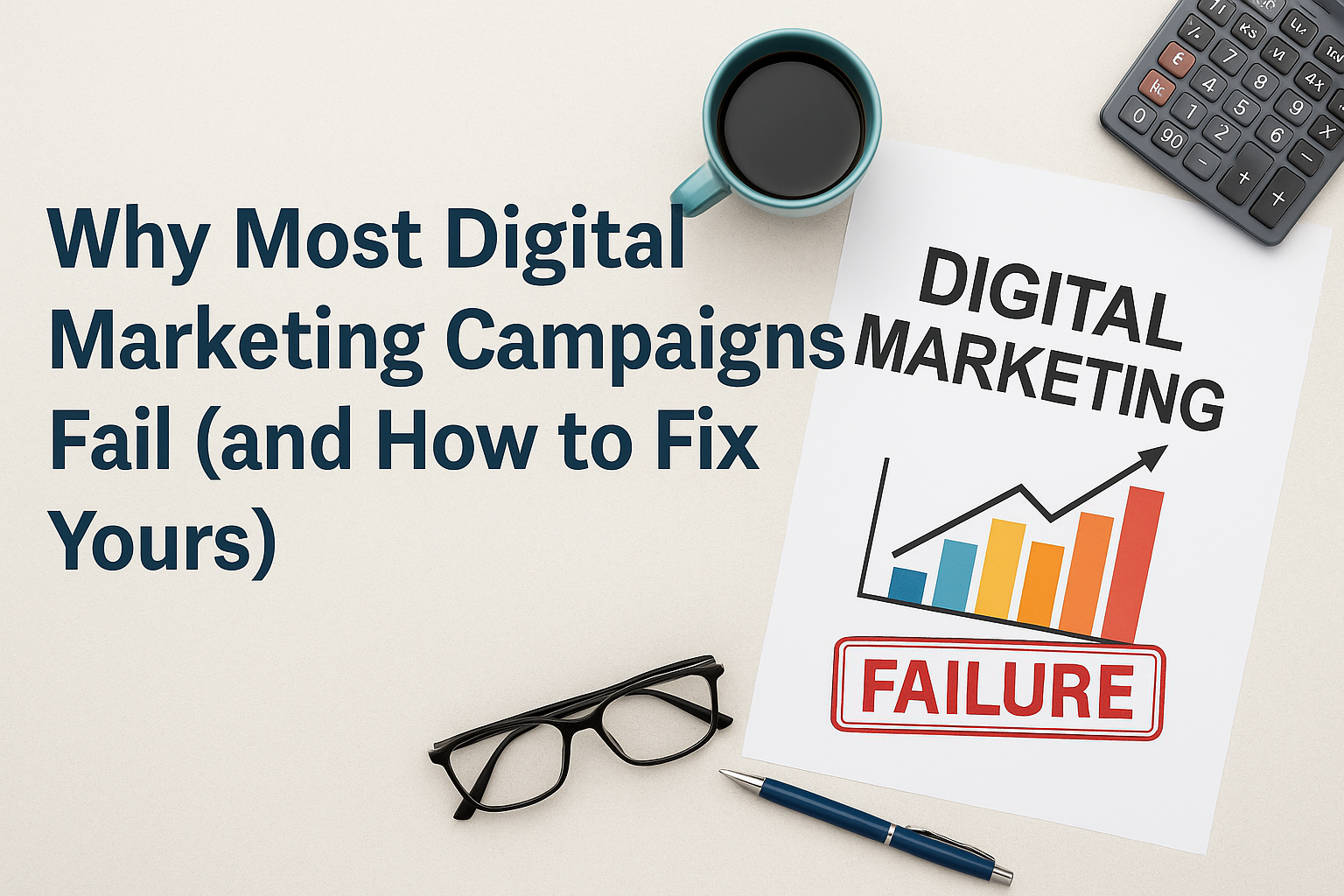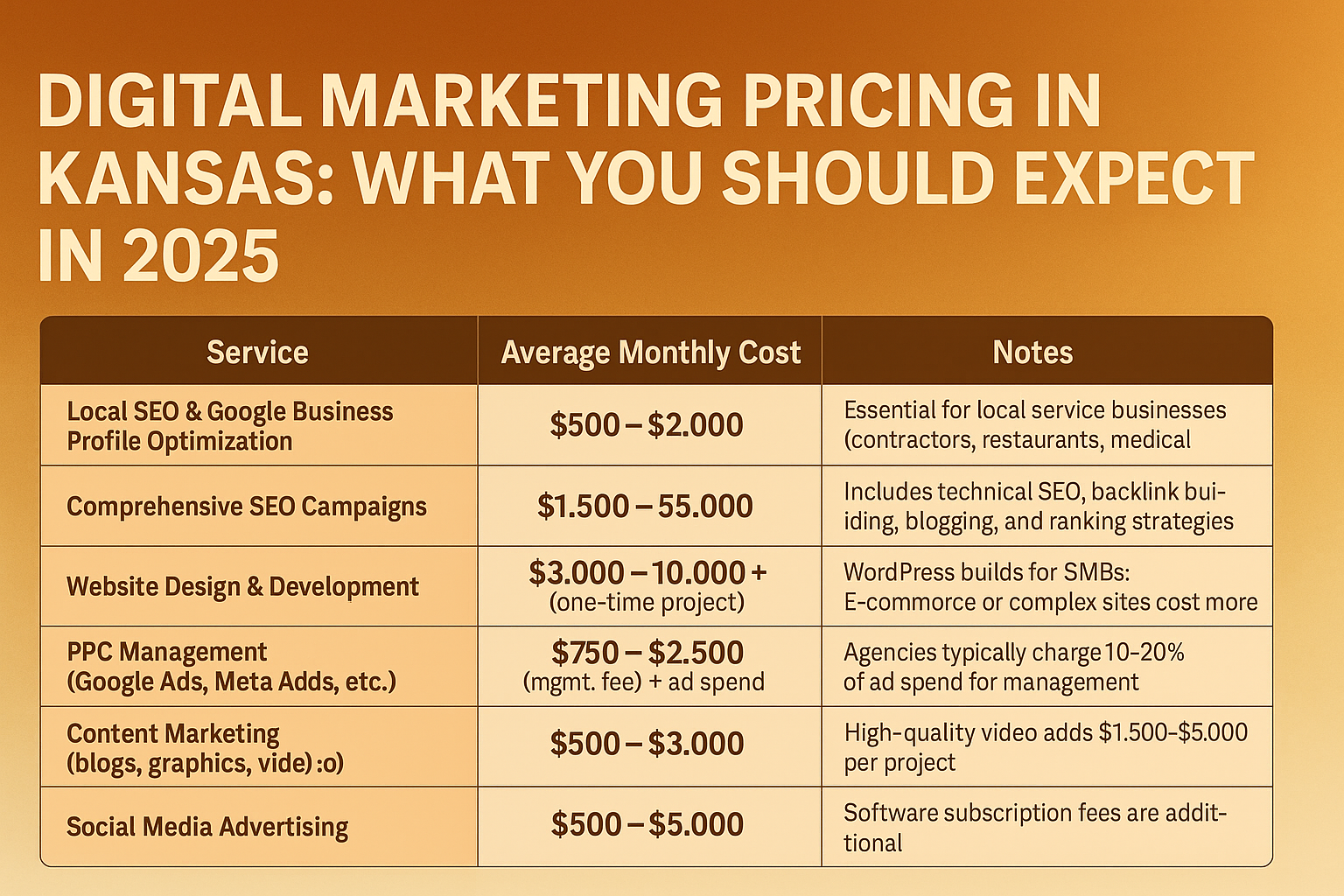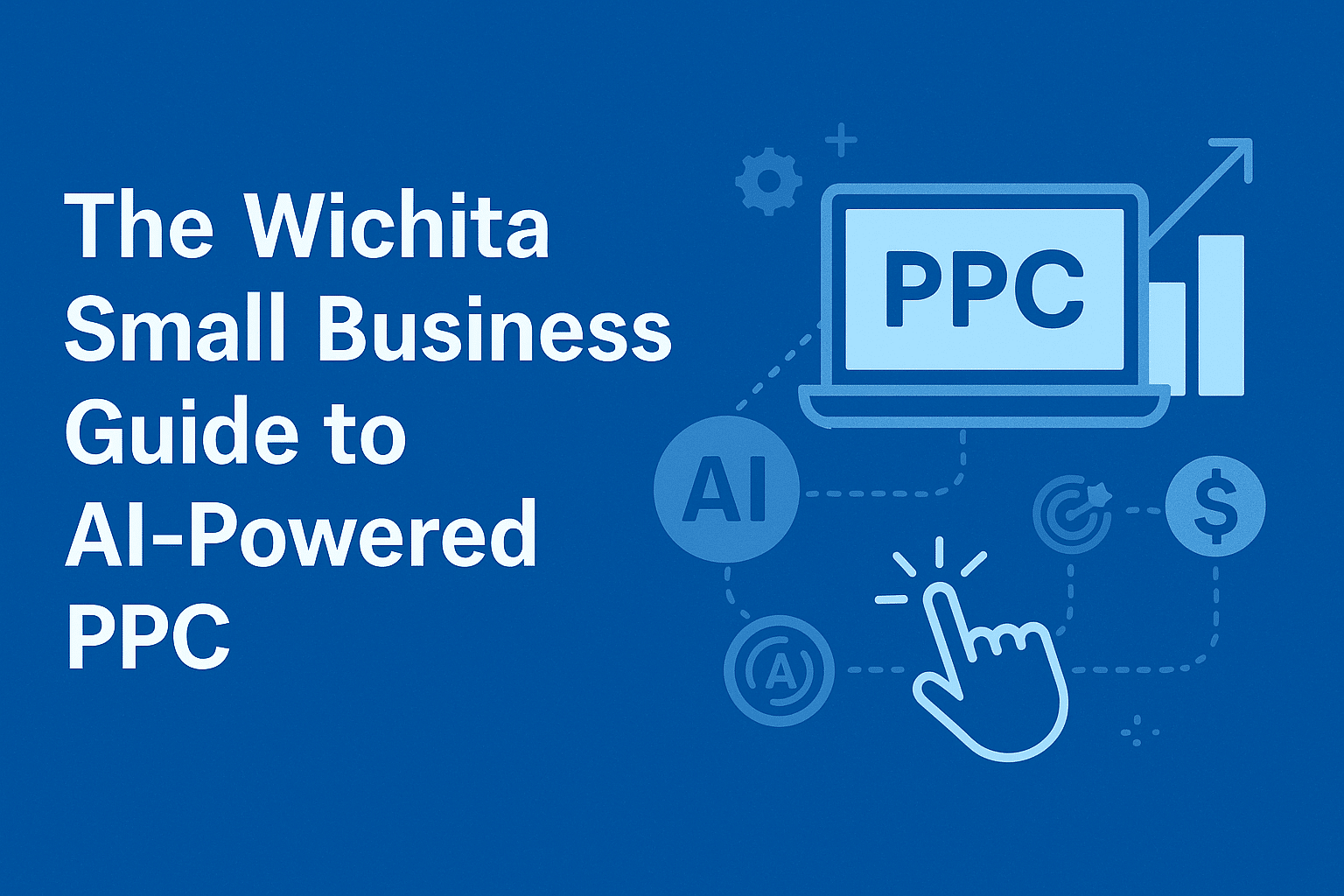Starting a business is difficult, continuing to run a business is exponentially harder. Unless your company is Staples, there is no easy button. If you wish to keep your doors open and the lights on for another year, your business has to consistently meet it sales, revenue, and customer/client goals. Without effective marketing strategies in place, this is near impossible. Marketing is an essential element of any business, regardless of industry, age, or intent. While Marketing may seem daunting to a first-time business owner, there are discernible steps that any business owner can readily take regardless of experience or success.
Have a Plan
Step one is having a plan. Quite simply, if you do not have a plan in place, you will not succeed. You need to strategize before you can monetize. Without discernable and measurable goals in place, you have no concrete idea of success or how to measure it. However, it is important to remember that plans do change. Just because you didn’t complete the entirety of the plan doesn’t mean that you’ve failed. Part of the fun, and often pain, of running a business is realizing that you’re actually better suited to run in a different direction and aim for different targets. This doesn’t mean that you can throw a plan out just because you didn’t complete it, but that you should always be open to adapting your plan as it grows alongside your business. Your year ten goals shouldn’t be the same as your year one goals. Your business should look much different that far down the line than it does from your business at the start. Plans should grow commensurately to your business, allowing both your achievements and your financial dreams to evolve.
Who are you targeting?
Who is going to be reached with each marketing step taken in your plan?
If you don’t have a crystal-clear idea of who your business sells to, you won’t be capable of selling with much efficiency. Every plan needs to have goals, and every marketing plan needs to have a target market or target audience. You may have multiple target audiences in mind, and that’s okay. You might even find that there are elements of your plan to target Audience A that would work for Audience B, but a good rule of thumb is to develop specific plans for each target audience. However, don’t think you can lean solely on one plan. The best marketing strategies target the individuality of your audiences and cater to them uniquely. Keep your target audience in mind as you draft your plan and look for unique ways you can adjust your content and your pitch to fit their needs.
Research
How does one figure out how to best reach a target audience?
Research. Without taking time to perform thorough research, analysis, and reflection you will quickly find that you are in over your head when strategizing. The good news is that research is easier than ever thanks to the tools available via the internet and social media. Research can also be easily done by simply Googling your competitors or similar businesses and taking note of what strategies they have in place. Check out the competitions’ ads. What colors do they use? What are their messages? Are they wordy? Lots of images? Odds are, if you see a recurring strategy among these businesses, it is working. You can then begin to implement those strategies into your own brand and your marketing plan.
Goal Setting
Goals are a priority. If your marketing strategies have no achievable ends to them, they are pointless. In addition, it is hard to gauge the success of a marketing strategy if there are no measurable outcomes attached to them. Make sure to set goals in a variety of areas. For example, set a specific goal for clicks on your ads or visits to your website from social media posts. Set a goal to post a certain number of times per week or day on social media and your website. Set financial goals as well. What dollar amount do you want to see come out of your marketing plan per dollar put in? When these goals are in place, they not only give you something to work towards, but to measure your successes or failures in following through on your goals.
Social Media Strategies
Social Media is one of the greatest free assets available to the modern business owner. In just a decade social media has become one of the largest, most accessible, and most effective tools for any marketing strategy. Facebook, Twitter, YouTube, Instagram, and more all offer their own unique capabilities for your business. Whether you are seeking to promote your brand, advertise a specific product, or just generate a follower base, social media is a must for your business. When creating a marketing strategy for your business, find the right social media platforms for your demographic and focus your content creation efforts through those platforms.
Business Page
Your business needs a profile page. Regardless of your platform of choice, your social media presence succeeds when a profile page is put together cohesively and updated regularly. While it may seem like your business can be run from a personal account, this is not a wise idea. Your business needs a page of its own where users can quickly access business information, redirect to your website, and engage with posts put out on your business’ behalf. Building a following may take time, but if you consistently update your page with relevant content, your audience can snowball quickly. Remember your target audience and continually adjust content to meet the criteria they are searching for.
Advertising
In addition to the “free” options available, such as creating a page and posting content to it, social media platforms also offer comprehensive tools for advertising. A paid ad campaign can do wonders for a business struggling to grow its audience. Facebook, in particular, can help you target specific demographics by only presenting your ad to users it (and you) deem relevant to your campaign. This means that you aren’t paying for your ad to appear before users outside of your target marketing, but that you can directly reach the people who are searching for what you have to offer.
Content Creation
A successful marketing strategy lets your business stand out. Part of what helps your social media profile and website stand out is your created content. Not all of your content needs to be original, particularly when it comes to social media, but you must be capable of consistently creating your own content. Your content is what establishes your brand. That brand is a valuable tool when marketing. If your content is merely a watered-down version or a share of another page’s content, your page becomes a middleman. The only thing your social media page should be a middleman for is your website, not someone else’s.
Written
Written content is accessible across your website and your social media pages. It can take many forms, and it is often beneficial to produce written content in a variety of styles. Blog posts, articles, and social media posts are all different styles of written content. What is important is to remember who you are targeting with the content your produce and to tailor the style of your written content to fit their needs. If your research is done properly, you will have read the written content of your competitors and seen what styles are most common and most effective. Written content is most effective when your audience is already hooked, and it is crucial that your written content is the most unique, and self-created, content on your website or profile. Sharing a meme from another page is one thing, but if you have nothing to add to someone else’s dialogue, your visitors will quickly leave you for the source.
Visual
Visual content works across almost every medium. Visual content is unique because it can be still photos, computer created images, or even video. Visual content is also the preference when it comes to social media. Users don’t necessarily want to read a lengthy post, but a funny image or a helpful video can quickly grab their attention and direct them to your business. Utilize memes, informational images, and applicable video to hook potential customers and direct them to your more in-depth written content. Think of visuals as the bait, they grab attention, but they can’t hold it for long.
Audible
Audible content isn’t always the most reliable, however, that does not mean that it isn’t useful. The key here is to understand when audible content should be introduced and how to utilize it. For example, attaching audio with video can be very beneficial. It may also be beneficial to attach audible versions of your written content to make it more accessible for people to engage with when in a hurry or on the go. Just be aware that because social media is a visual medium, audio should be used wisely and sparingly.
Make Connections
Social Media isn’t a solo endeavor, and your marketing strategy should not be one either. With the plethora of resources available to your business with a few strokes of a keyboard, only a fool would create a marketing strategy that relied entirely on a few of them. Marketing is a collaboration between the business owner, partners in business, and the users. Social Media Marketing, especially, relies on direct connection and interaction between individuals for its success. Don’t be afraid to collaborate and engage with users and even other businesses when marketing via social media.
Lead Generation
Part of the connection making process should be geared towards lead generation. When you create content on social media or queue for a search term on Google, you are taking the first step in the lead generation process. Unfortunately, it is up to the user to decide whether or not to take the next step. When a follower on your Facebook page or a user keying in a search term on Google clicks on your link and views your website, a lead has been generated. This isn’t the only method of lead generation, but it is what you will most commonly use when following through on your marketing strategy.
Sales Funnel
A generated lead is not a sale, but it is a solid first step in the sales process. This is where the importance of a sales funnel comes into play. Once a lead has been generated and the user has engaged with your website or business to the point of visiting your website, they enter into your sales funnel. This funnel can take many different forms, but the priorities are constant. You need to introduce the user to the product, stoke their interest, introduce the idea of the sale, get them to consider the costs and benefits to them, and then finally push for the sale. These steps won’t always happen, and they won’t always happen in that order, but the key here is that the funnel is in place so that customers can follow easily along that path towards a purchase.
Email is Still Applicable
Sales funnels have changed, the same way that marketing strategies and social media platforms have changed. However, many people make the mistake in thinking that just because one platform has eclipsed another, the previous platform becomes irrelevant. Because of this, many have forgotten the importance of email. Email is not an outdated form, especially in terms of the sales funnel and sales process. In fact, email lists are a great way to keep users interested and exposed to the sales funnel without constantly pushing the sale on them.
The Hard Sell
Speaking of pushing the sale, it is important not to push the sale too hard or too soon. The sales funnel is a process in which the sell gradually becomes more of the focus. The Hard Sell should not be a constant on your social media pages or of your content. Your social media posts and content can display and contain the products and services you sell but remember that your marketing should funnel into the sale, your marketing should not be the sale. Don’t lose customers early on by appearing to focused on what you can get out of the exchange (money), appease them by relaying what they can get out of it.
Rinse and Repeat
So, you’ve set some goals and met them, what’s next? The first step is to evaluate how well your marketing strategy worked. Did you stick to the plan? Did sticking to the plan produce the expected results? If your answer to either question is no, then you must assess what went wrong with the plan. Did you set unrealistic expectations for yourself or your results?
If the plan did produce the intended results, then congratulations. It may be time to expand your plan and grow your business with loftier goals. Or, it may be that your plan needs to be implemented the same way for a little while longer. Marketing is not like math; the rules and results do often change. However, once you have stuck with a plan and put it into action, you can begin to assess its patterns. From here you can evaluate your strengths and weaknesses, allowing you to continue to adapt the plan and take your business to further successes.
Featured Image:
Image by Mango Matter from Pixabay




















